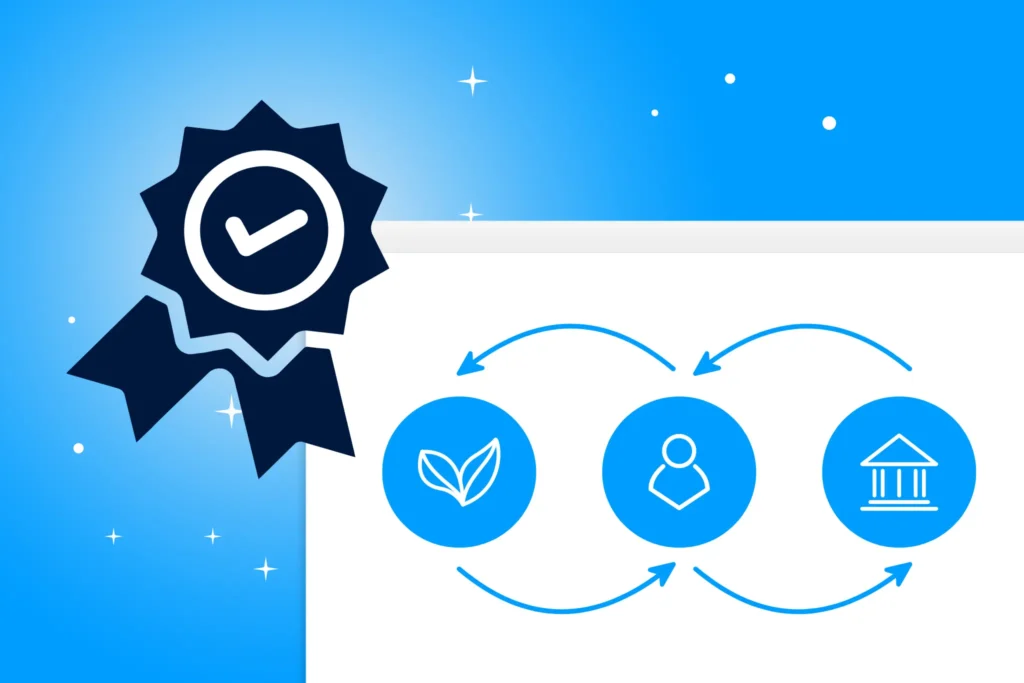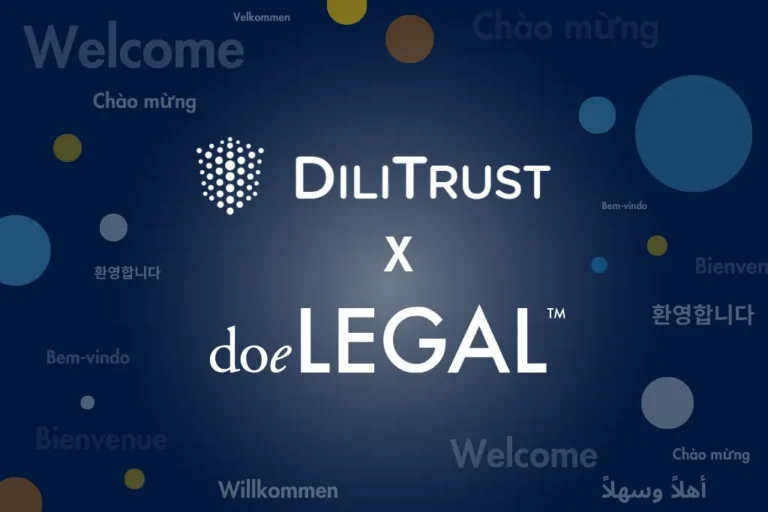Companies that view Environmental, Social Governance (ESG) as mere compliance or dismiss the practice as a regulatory burden are missing opportunities. Preparing a company to manage ESG may seem daunting but insights into your social and environmental impacts together with stakeholder feedback are essential to the long-term relevance of your company.

Creating the most value from your ESG practice requires sustained leadership and good governance. The CEO should be responsible for connecting social and environmental value creation to the company’s purpose, providing the company their aspirational ‘north star’. To insure that ESG goals and targets live beyond the CEOs tenure and continue to guide the organization long-term, General Counsel and the Board should establish these permanent roles and committees:
Board of Directors, ESG Sub-Committee – ESG disclosures require oversight from a board audit or governance committee and incentivizing performance in the executive compensation plan keeps ESG in focus.
Senior Executive, ESG Committee – A cross-functional executive committee should be created representing the sources of information being collected and the interconnectedness of the impacts across Operations, Finance, & Human Resources
Chief Sustainability Officer (CSO) – Provides executive leadership on both the social and the environmental sustainability of the company’s operations.
Although there has been an increase in the number of CSO positions at publicly traded companies, some are C-Suite in title only and not positioned to maximize ESG impact. This undermines the potential for ESG and risks the company being called out for ‘greenwashing’. If you do not yet have an executive leading ESG, you may consider assigning someone with the operational knowledge and internal corporate access to serve as an ESG controller but an experienced executive with a direct line to the CEO must own the strategy and be responsible for driving results.
Engaging your team on MSG
Once leadership, General Counsel and the Board are aligned on ESG priorities, every department has an opportunity to contribute to a thriving ESG practice. Here are a some of the important connections to be made:
Operations – Newly created ESG policies will impact processes, so the operations team is essential to achieving both carbon reductions and waste diversion targets; they are also closest to the communities that sustain your business.
Finance – The CFO will be a critical stakeholder in the disclosure preparation process and their procurement team will update buying policies and procurement standards to align suppliers with your ESG commitments.
Investor Relations – Understand which investment analysts are rating your company’s ESG performance and how you rank against your competitors, help the investor relations team prioritize and respond to ESG information requests.
Government Relations – Ensure that your lobbying efforts do not contradict your public ESG commitments, continue to share your progress with municipal, provincial, and federal representatives.
Human Resources – Consult the staff during ESG planning and target setting, provide employee engagement opportunities in their communities and empower your staff to champion local initiatives, consider hiring a Diversity Equity and Inclusion (DEI) executive to lead your equality, social justice and Truth and Reconciliation work.
Communications – The annual ESG reporting process can take the better part of the year and communications is a critical partner from the beginning. Sharing what you are doing well and where you need to improve will set the tone for all internal and external ESG engagements.
Information Technology – Develop a data management strategy for annual ESG information collection. If your operations are complex, you may consider investing in software to aid in the collection and analysis of the varied data sets. The first reporting cycle takes the longest, but the time invested in setting up systems in year one will make the annual reporting process more efficient.
Stakeholder Value
ESG disclosure is rooted in transparency but simply preparing a report for stakeholders should not be the end of the communication. Inviting your partners, regulators, consumers, and employees to comment on your performance and actively listening to their feedback builds trust and highlights opportunities for value creation within your markets.
Consumers expect companies to run sustainable operations and to conduct themselves ethically. A credible ESG disclosure coupled with a narrative report is common practice, but this must meaningfully connect to the products and services you provide. Let your consumers know what you got right, where you need to improve and how you plan to get there. By focusing on actions and not overstating your positive impacts, this also builds trust with environmental and social stakeholders.
Because ESG reporting is so focused on public disclosure to shareholders and external stakeholders, one of the most overlooked and under appreciated stakeholders in the creation of an ESG strategy are employees. Team members want to be proud of where they work and how their company is viewed by others and employers struggling to retain employees or to re-engage staff should see this an opportunity to differentiate from another employer. Consulting your teams early and often in the process can open opportunities for innovation and leadership should not underestimate the value an authentic ESG practice can bring to your corporate culture.
In the third and final part of this ESG series, we will link to the “Let’s Talk Governance” keynote and conclude our series with why ESG is an important call to action for a more just, sustainable world.
? This content may also be of interest to you:.


